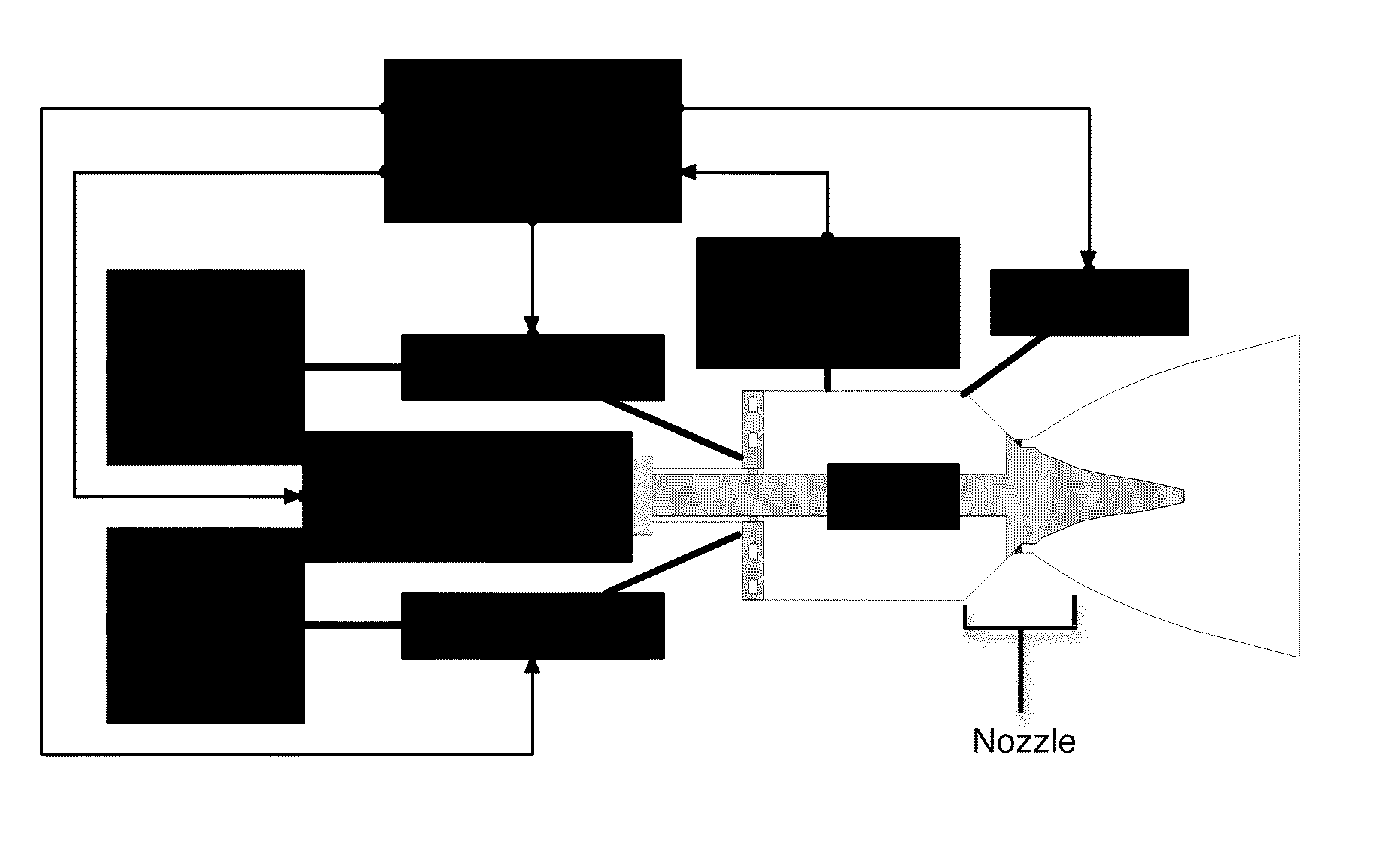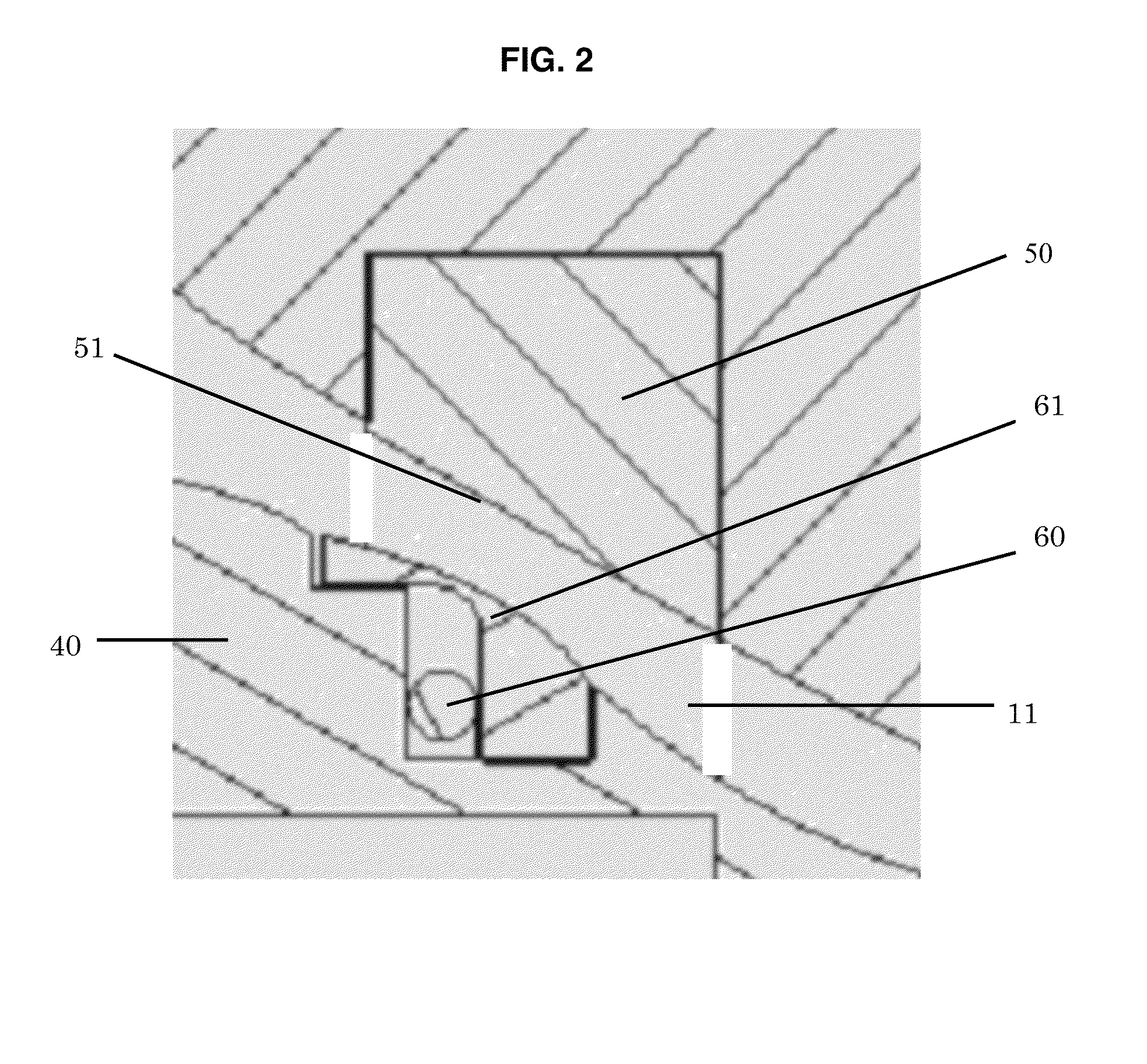Constant volume rocket motor
a constant-volume rocket and thrust valve technology, which is applied in the direction of marine propulsion, vessel construction, explosives, etc., can solve the problems of low-yield impulse bits, rarely, if ever, reaching steady-state operating conditions, and thrusters that are not well suited for high-precision control of large spacecraft. , to achieve the effect of improving the reliability of the thruster, improving the stability of the thruster, and improving the stability
- Summary
- Abstract
- Description
- Claims
- Application Information
AI Technical Summary
Problems solved by technology
Method used
Image
Examples
Embodiment Construction
[0020]The present invention is a constant-volume rocket thruster featuring a Reciprocating Thrust Valve (RTV) mechanism with a canted-coil reciprocating seal that enables a pulse-rocket operating cycle without detonations. This configuration provides advantages over conventional constant-pressure thrusters. For example, pressure in the constant-volume combustion chamber is low during propellant injection, whereas propellant injected into a constant-pressure combustion chamber must overcome the high pressure in the combustion chamber. Consequently, constant-pressure engines require extremely high pressure tanks or turbines to force propellant into the combustion chamber. The constant volume motor requires minimal force to control propellant injection. The elimination of turbines and high pressure tanks reduces the overall weight of the vehicle. The RTV configuration provides higher-efficiency, short duration pulses than constant-pressure and pulse detonation combustion with virtually...
PUM
 Login to View More
Login to View More Abstract
Description
Claims
Application Information
 Login to View More
Login to View More - R&D
- Intellectual Property
- Life Sciences
- Materials
- Tech Scout
- Unparalleled Data Quality
- Higher Quality Content
- 60% Fewer Hallucinations
Browse by: Latest US Patents, China's latest patents, Technical Efficacy Thesaurus, Application Domain, Technology Topic, Popular Technical Reports.
© 2025 PatSnap. All rights reserved.Legal|Privacy policy|Modern Slavery Act Transparency Statement|Sitemap|About US| Contact US: help@patsnap.com



